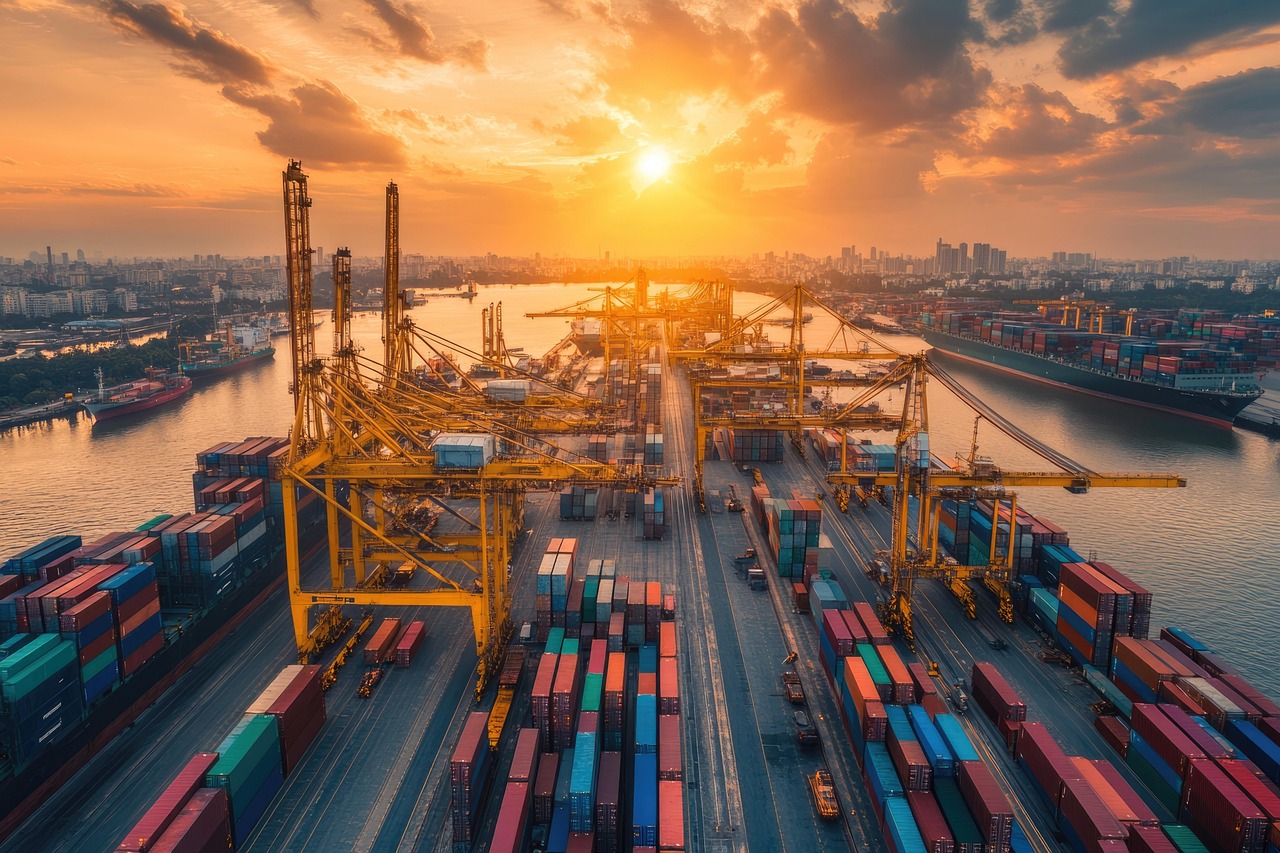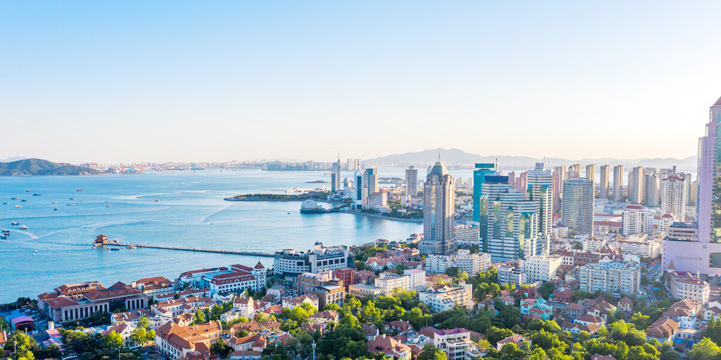
According to Zhongjin's understanding, despite the ongoing economic downturn in most major European economies, the container trade from Asia to Europe has shown robust growth in the past two years, with freight volumes increasing by 17% over this period. At the TOC Rotterdam conference, Nigel Pusey, the CEO of Container Trade Statistics (CTS), stated that despite port congestion and detours affecting sailing times, freight volumes from the Far East to Northern Europe and the Far East to the Mediterranean have seen a "significant overall increase."
He noted, "For the first four months of this year, freight volumes from the Far East to Europe grew by 9% year-on-year, a 17% increase over two years. During these two years, the average transit time from the Far East to Europe has nearly doubled, growing by 60% to 70%."
Pusey said, "So, the adjustments in the supply chain are very interesting." He also pointed out that the growth in freight rates measured by the CTS price index (which includes spot and contract transport prices) varies.
"It's interesting that all these routes and contracts have seen only minor changes in average prices compared to the same period last year."
He stated, "Therefore, we are in a very unusual market, emphasizing that the additional capacity on the Asia-Europe routes has been largely absorbed."
While the trans-Pacific trade route is primarily driven by "rush shipping," the CEO of CTS believes that other factors have been propelling trade between Asia and Europe.
He mentioned, "A 17% growth over two years is unlikely due to restocking, as this growth is huge—especially when you consider the situation in the European economies."
He added that particularly in the trade from the Far East to the Mediterranean, there are "astonishing" new liner companies entering the market, seeking to leverage the growing capacity, with major liner companies and alliances reluctant to return to the Suez Canal.
"We are seeing a lot of new companies entering the Far East to Europe routes, especially in the Western Mediterranean region."
He said, "We have been tracking various routes passing through the Suez Canal, and due to geopolitical status, we see a significant amount of goods entering the Western Mediterranean from India and the Far East."
He believes that Trump 2.0 tariffs may just be "noise" on the path of structural changes in the global trade landscape, and noted, "This may represent China diversifying into new markets rather than solely relying on the US market—although these growths are not yet sufficient to fully compensate. I think observing this sustained growth will be very meaningful."
